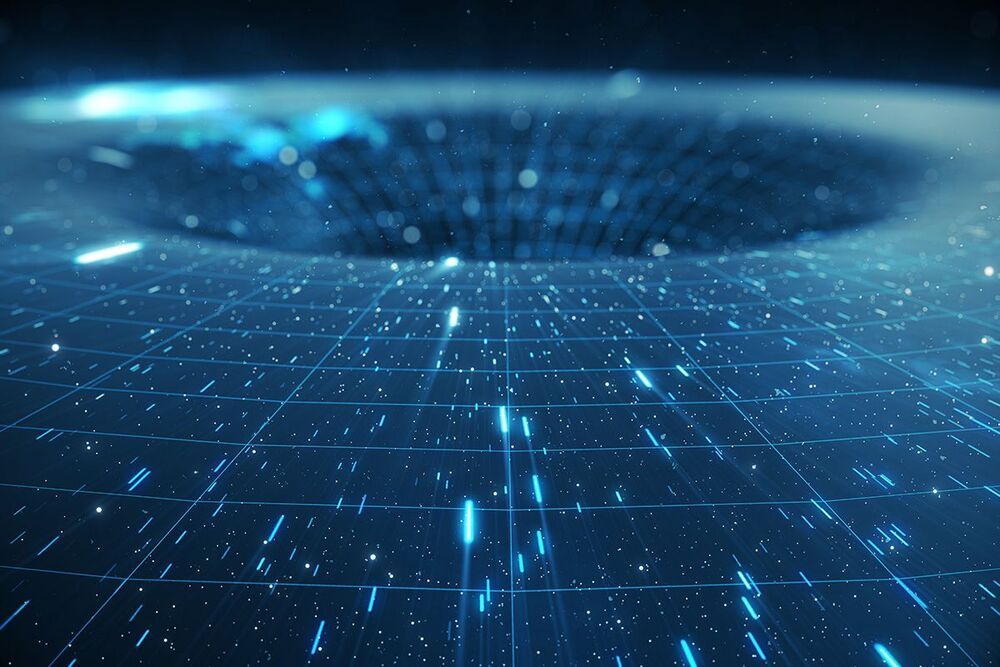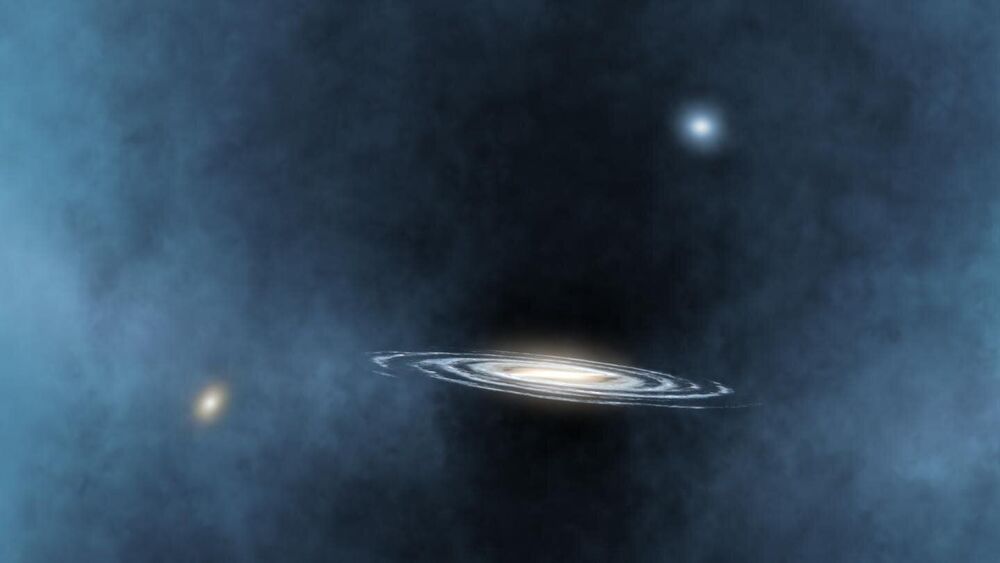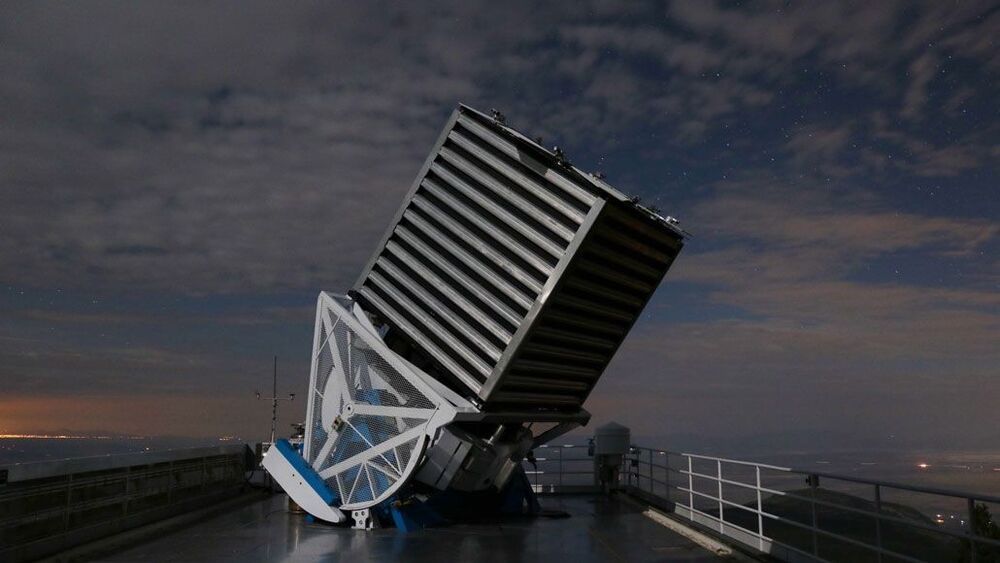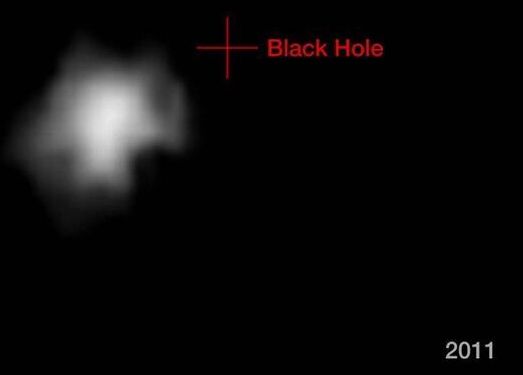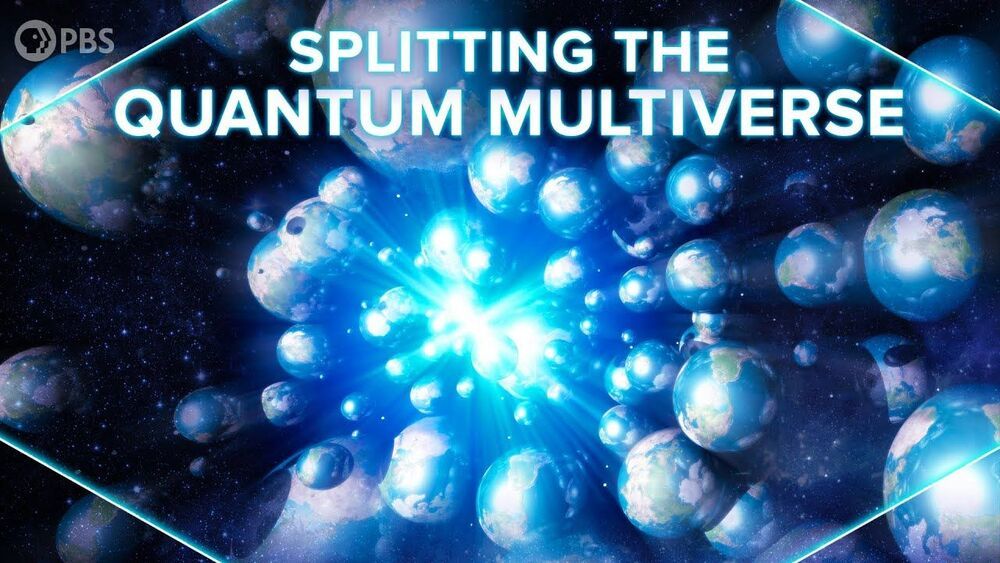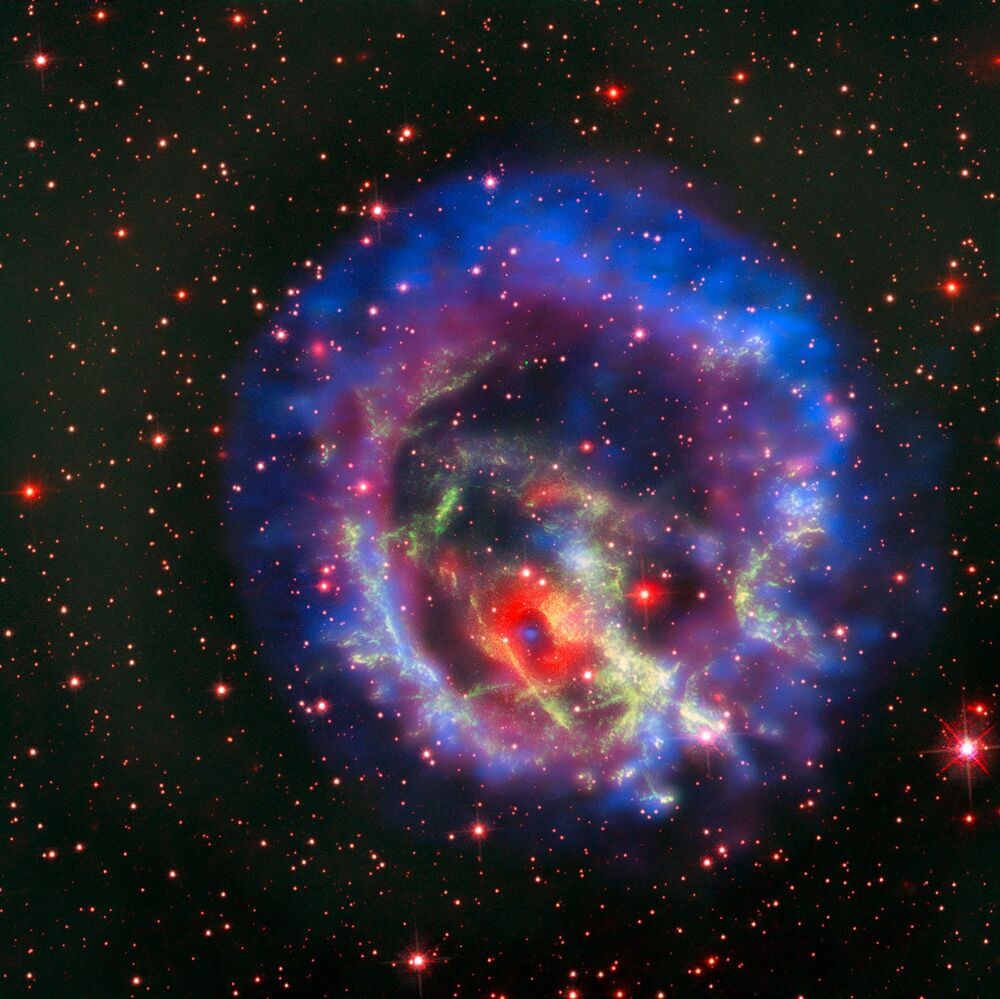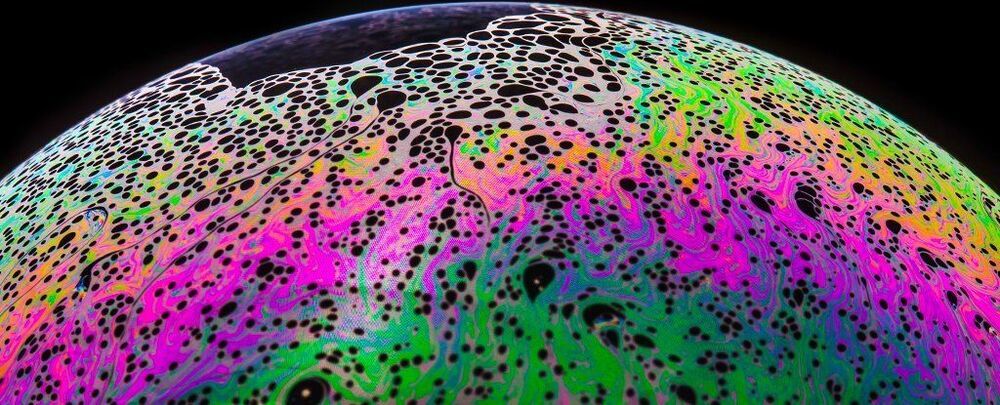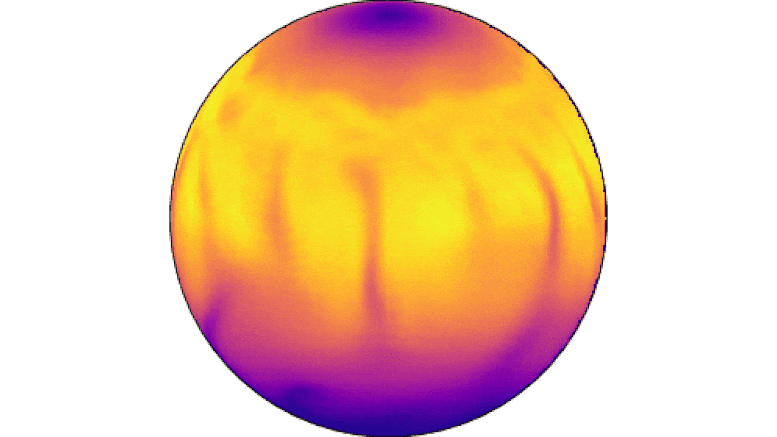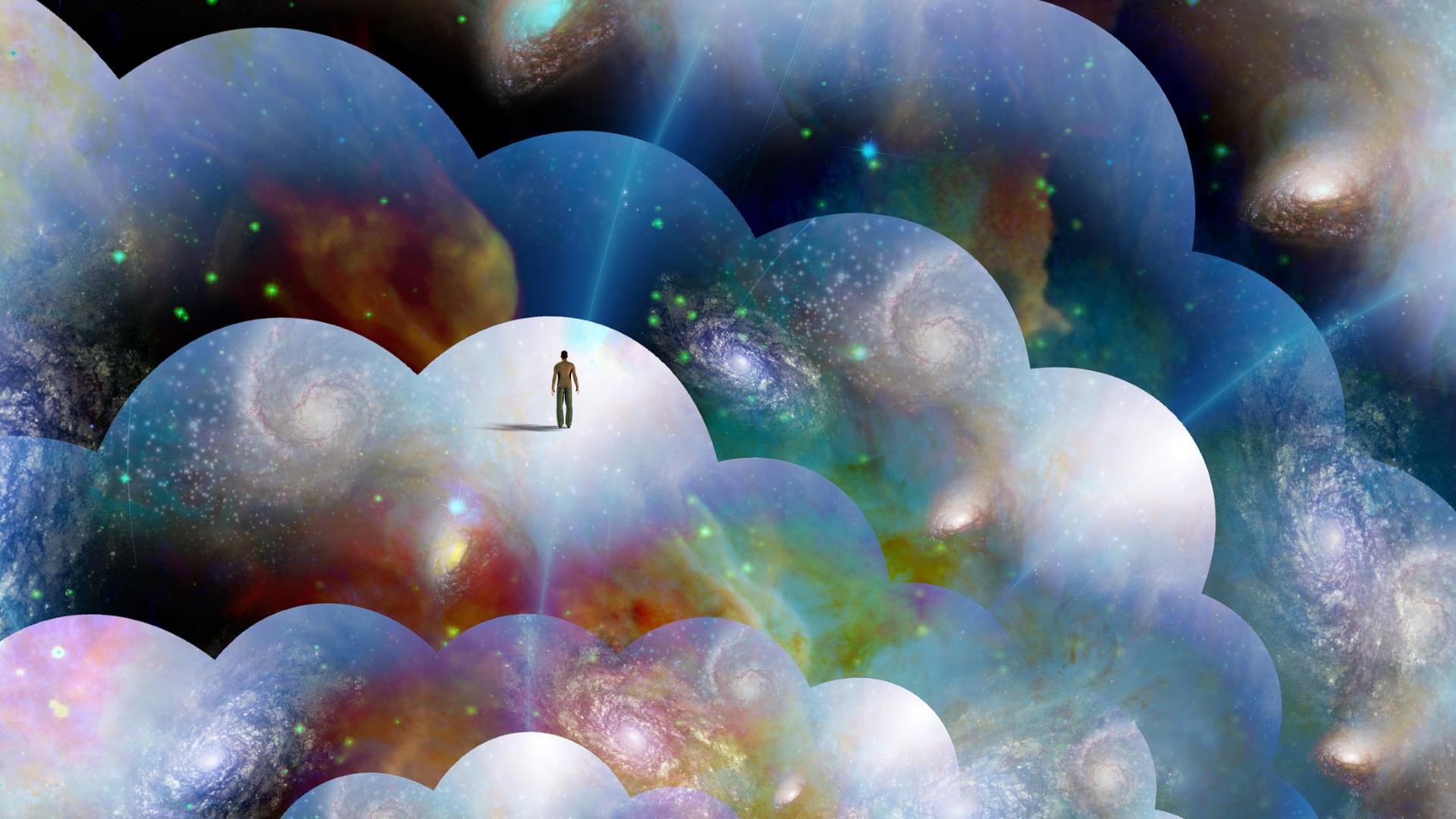Featureless “cost functions” prevent quantum machine learning algorithms from reconstructing scrambled information.
Category: cosmology – Page 293
At the heart of almost every sufficiently massive galaxy there is a black hole whose gravitational field, although very intense, affects only a small region around the center of the galaxy. Even though these objects are thousands of millions of times smaller than their host galaxies, our current view is that the Universe can be understood only if the evolution of galaxies is regulated by the activity of these black holes, because without them the observed properties of the galaxies cannot be explained.
Theoretical predictions suggest that as these black holes grow they generate sufficient energy to heat up and drive out the gas within galaxies to great distances. Observing and describing the mechanism by which this energy interacts with galaxies and modifies their evolution is therefore a basic question in present day Astrophysics.
With this aim in mind, a study led by Ignacio Martín Navarro, a researcher at the Instituto de Astrofísica de Canarias (IAC), has gone a step further and has tried to see whether the matter and energy emitted from around these black holes can alter the evolution, not only of the host galaxy, but also of the satellite galaxies around it, at even greater distances. To do this, the team has used the Sloan Digital Sky Survey, which allowed them to analyze the properties of the galaxies in thousands of groups and clusters. The conclusions of this study, started during Navarro’s stay at the Max Planck Institute for Astrophysics, are published today in Nature magazine.
Dubbed “the Giant Arc,” the purported structure is much larger than expected in a cosmos where matter is thought to be evenly distributed.
A ball of gas around the Milky Way’s black hole has sparked a new debate. Could it be a massive puff of dark matter?
The orbit of S2 and its stellar companions indicated that they were circling around a massive object, about 4 million times the mass of the Sun. Although astronomers could not directly see the object, they knew it could only be one thing.
By 1974, the object, eventually dubbed Sagittarius A*, was more or less solidified as your own local supermassive black hole. Since then, scientists have made several follow-up observations to reestablish the existence of this dark, lurking beast in the Milky Way — even turning one of the largest virtual telescopes in the world on it.
But not everyone seems to agree on the true nature of Sagittarius A*. A recent study claims that the black hole of our galaxy is not a black hole at all. Instead, it gives a more exotic take on physics that isn’t yet proven: that Sagittarius A* is an imposter, not a black hole but a massive, fluffy ball of fermionic dark matter.
Is the physical universe independent from us, or is it created by our minds, as suggested by scientist Robert Lanza?
When a massive star dies, first there is a supernova explosion. Then, what’s left over becomes either a black hole or a neutron star.
That neutron star is the densest celestial body that astronomers can observe, with a mass about 1.4 times the size of the sun. However, there is still little known about these impressive objects. Now, a Florida State University researcher has published a piece[1] in Physical Review Letters arguing that new measurements related to the neutron skin of a lead nucleus may require scientists to rethink theories regarding the overall size of neutron stars.
Smashing together lead particles at 99.9999991 percent the speed of light, scientists have recreated the first matter that appeared after the Big Bang.
Out of the wreck came a primordial type of matter known as quark-gluon plasma, or QGP. It only lasted a fraction of a second, but for the first time, scientists were able to probe the plasma’s liquid-like characteristics – finding it to have less resistance to flow than any other known substance – and determine how it evolved in the first moments in the early Universe.
New research is helping to explain one of the big questions that has perplexed astrophysicists for the past 30 years — what causes the changing brightness of distant stars called magnetars.
Magnetars were formed from stellar explosions or supernova e and they have extremely strong magnetic field s, estimated to be around 100 million, million times greater than the magnetic field found on earth.
The magnetic field on each magnetar generates intense heat and x-rays. It is so strong it affects the physical properties of matter, most notably the way that heat is co nducted through the crust of the star and across its surface, creating the variations in brightness which has puzzled astrophysicists and astronomers.
Scientists determined that the ‘Cold Spot’ isn’t caused by a lack of galaxies, but may have been caused by our universe bumping into another universe.
A new map of what researchers call the “cosmic web” shows the dark matter in the local universe and reveals hidden “bridges” between galaxies.
(Credit: Getty Images)
The map, developed using machine learning, could enable studies about the nature of dark matter as well as about the history and future of our local universe.
